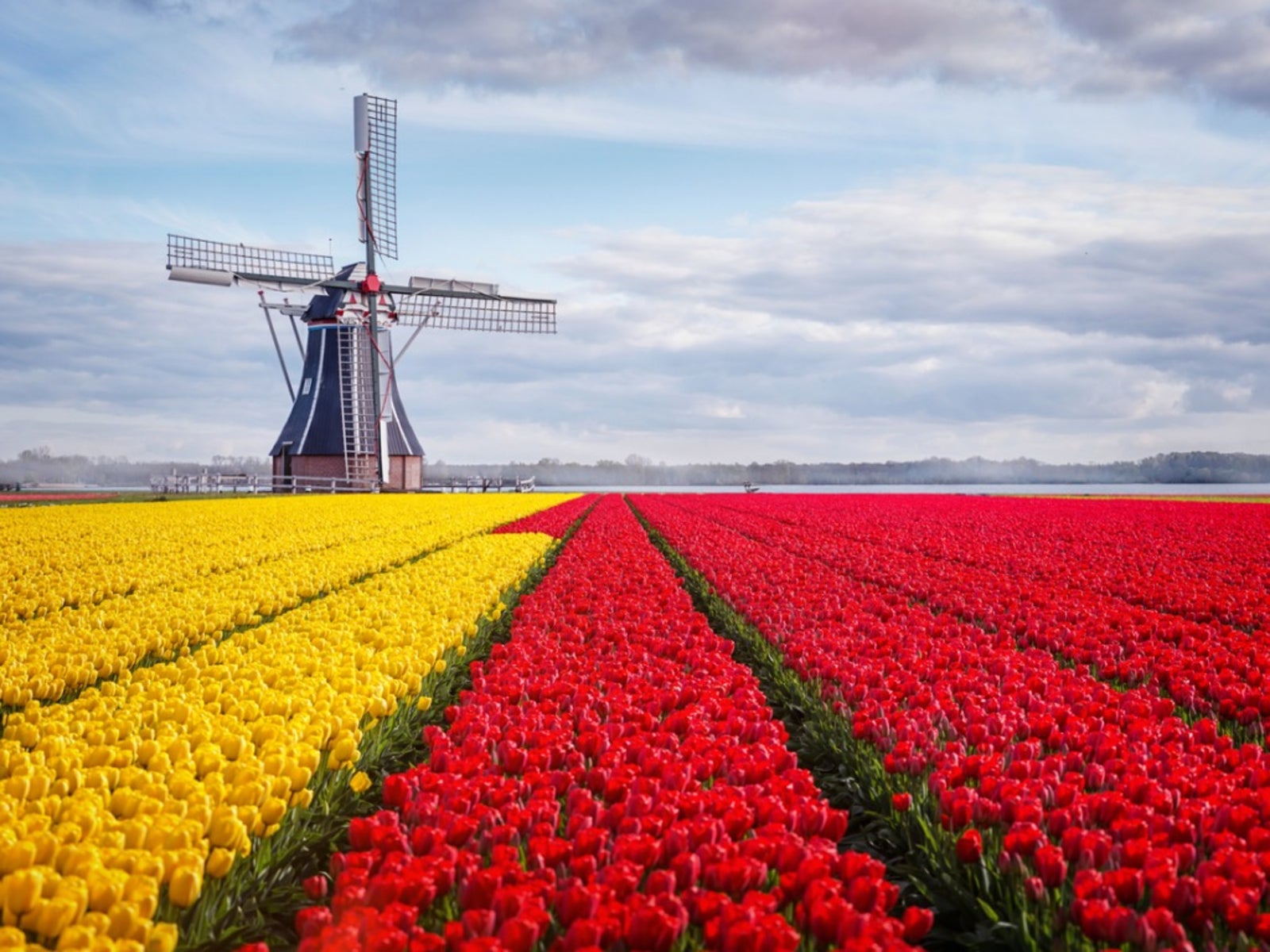Dutch Garden Style – How To Grow A Dutch Garden


The Dutch style of gardening is known for its formality, geometric design and efficient use of space. Because early Dutch homes were small and situated right next to each other, light and space were at a premium. Rooftop gardens were popular as well as homes shrouded with vines.
Dense plantings of tulips also signal a flair for Dutch garden style.
Ready to take on a new design style for your garden? Follow these tips to reimagine your space and add linear lines and rectangular layouts.
Gardens in The Netherlands: Learn About Dutch Garden Design
One of the most famous examples of Dutch design is the Keukenhof (means “kitchen garden” in English) in the town of Lisse in the Netherlands. Also known as the Garden of Europe, each year almost 7 million spring bulbs are creatively planted in the park’s inspirational gardens and billed as “the most beautiful spring garden in the world.” Besides the flowers, which also feature roses, lilies, carnations, and irises, the park showcases sculptures and other works of art in collaboration with 25 artists.
It is no surprise that typical plants for Dutch gardens include spring bulbs. In the fall, plant these spring-blooming beauties in your new Dutch-inspired garden:
- Tulip
- Narcissus
- Crocus
- Snowdrop
In the spring, add these plants to your Dutch garden:
- Anemone
- Calla Lily
- Roses
- Lilies
- Carnations
- Irises
Dutch Garden Style
Dutch garden design embraces long, straight lines and rectangular elements. Water is an important feature in many of the motifs. For example, a long, concrete walkway lined with symmetrical trees gives a formal look. A rectangular reflecting pool is sleek and modern. A low, clipped hedge or wall separates spaces and stops the linear flow.
Gardening tips, videos, info and more delivered right to your inbox!
Sign up for the Gardening Know How newsletter today and receive a free copy of our e-book "How to Grow Delicious Tomatoes".
Other elements in Dutch garden design include:
- Neutral colors such as gray, black and white
- Gilt-edged fountains, obelisks, and topiaries
- Contemporary furniture
- Oversized accents such as containers
Much of today’s landscape design emphasizes curved landscape edges. Take a walk on the wild side and go for the Dutch straight lines!

After graduating from Oklahoma State University with a degree in English, Susan pursued a career in communications. In addition, she wrote garden articles for magazines and authored a newspaper gardening column for many years. She contributed South-Central regional gardening columns for four years to Lowes.com. While living in Oklahoma, she served as a master gardener for 17 years.
-
 Grow ‘Karl Rosenfield’ Peony Plants For The Ultimate Frilly Border Beauties And Cut Flowers
Grow ‘Karl Rosenfield’ Peony Plants For The Ultimate Frilly Border Beauties And Cut FlowersFor frilly double magenta peony petals infused with a heady fragrance, grow ‘Karl Rosenfield’ peony plants. Here’s how to cultivate the ultimate plushy blooms
By Tonya Barnett
-
 10 Common Composting Problems That Can Spoil Your Garden Gold – Plus Easy Fixes
10 Common Composting Problems That Can Spoil Your Garden Gold – Plus Easy FixesLearn how to troubleshoot common composting issues before they ruin your stash – from bad smells and bugs to materials not breaking down as they should.
By Susan Albert